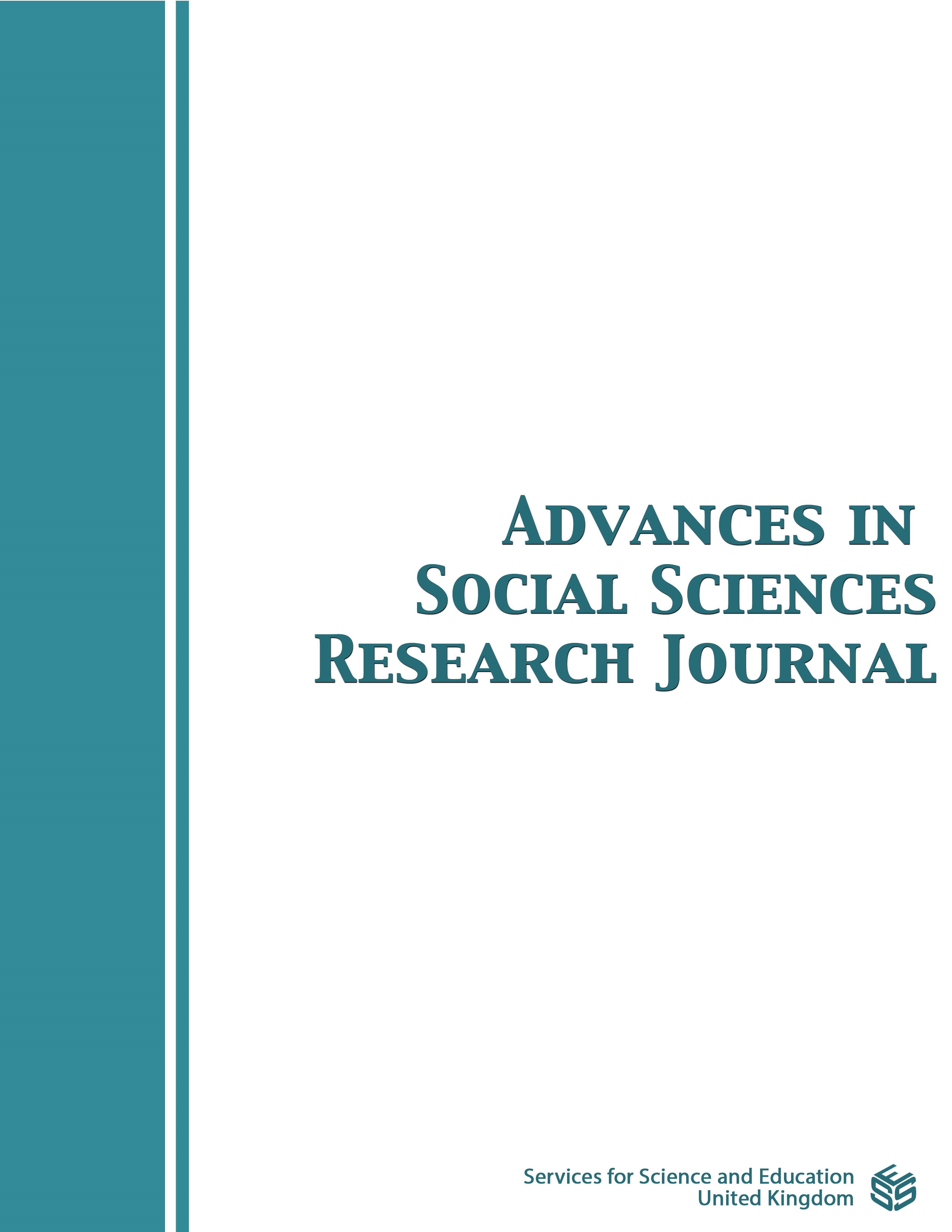The Influence of Body Image on Interpersonal Self-Efficacy among Junior Middle School Students
DOI:
https://doi.org/10.14738/assrj.89.10867Keywords:
Junior Middle School Students, Body Image, Interpersonal Self-Efficacy Influencing Factors, Multiple Linear Stepwise RegressionAbstract
【Abstract】Objective To explore the present status of body image and interpersonal self-efficacy, and analyze the impact of body image on interpersonal self-efficacy among junior middle school students. Methods A random cluster sampling was used to select 995 junior middle school students. They were investigated with Multidimensional Body-Self Relations Questionnaire (MBSRQ) and Adolescent Interpersonal Communication Self-Efficacy Scale (AICSE). Results ⑴ The scores in the three subscales of MBSRQ, such as appearance evaluation, appearance orientation and self classified weight, were greater than 2.5 and less than 3.5, and the scores of body area satisfaction and over weight preoccupation were less than 2.5. (2) Junior middle school students scored less than 2.5 in the dimension of communication ability and factors of persistence, self-ability and expression ability of AICSE. At the same time, the total score and scores of the dimension of communication strategy and the other four factors of AICSE were greater than 2.5 and less than 3.5. ⑶ Multiple linear stepwise regression showed that appearance assessment positively predicted the total score of AICSE(β=.433, P<.001). Appearance orientation negatively predicted the total score of AICSE (β =-.394, P<.001). Conclusion The body image and interpersonal self-efficacy of junior middle school students need to be improved. Body image may be an important influencing factor of interpersonal self-efficacy.
Downloads
Published
How to Cite
Issue
Section
License
Copyright (c) 2021 Yongmei HOU, Chen Siying

This work is licensed under a Creative Commons Attribution 4.0 International License.
Authors wishing to include figures, tables, or text passages that have already been published elsewhere are required to obtain permission from the copyright owner(s) for both the print and online format and to include evidence that such permission has been granted when submitting their papers. Any material received without such evidence will be assumed to originate from the authors.






